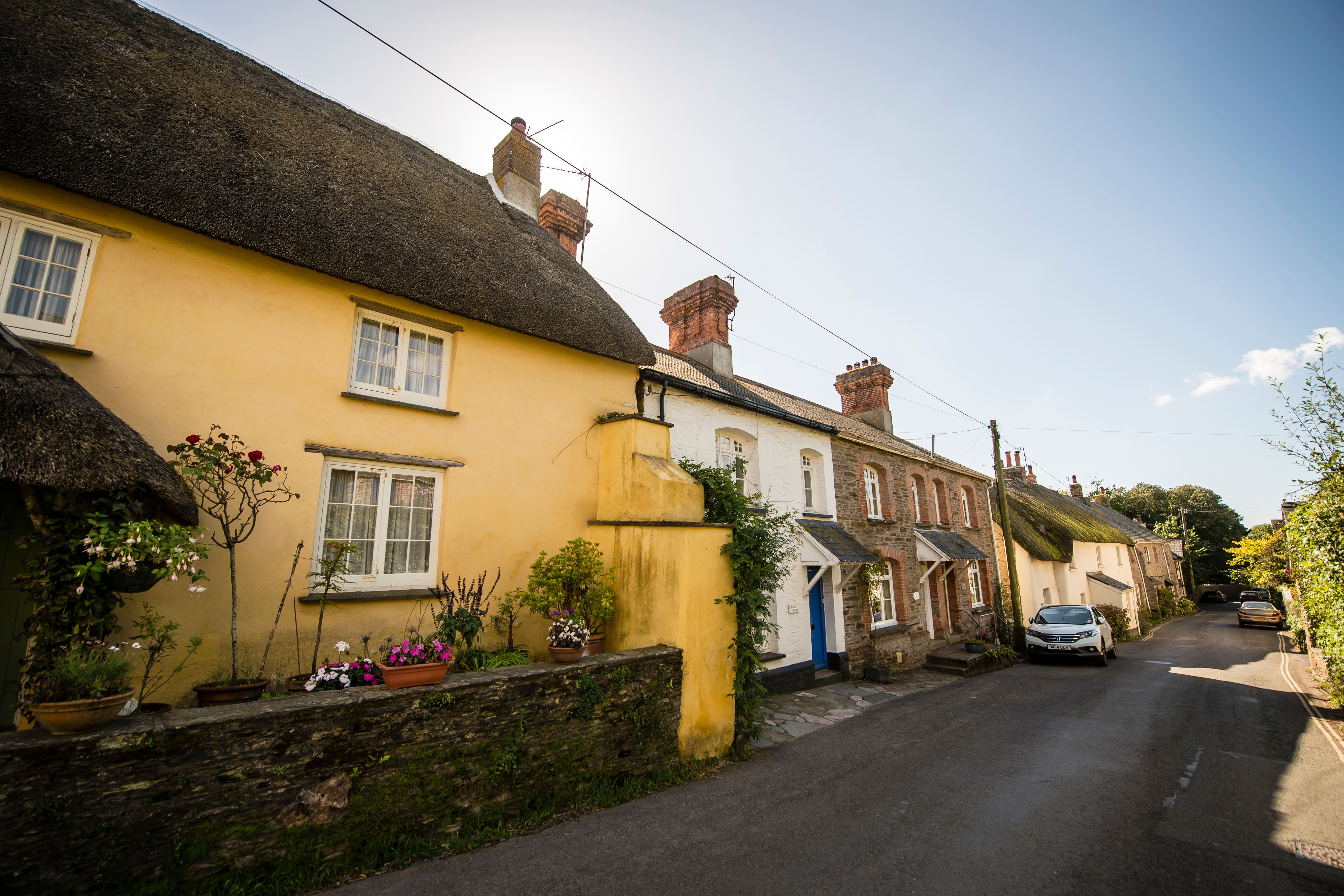More than one in 10 addresses used as holiday homes in some parts of country
Areas of south Devon and north Wales have the highest concentration, according to the 2021 census.

Your support helps us to tell the story
From reproductive rights to climate change to Big Tech, The Independent is on the ground when the story is developing. Whether it's investigating the financials of Elon Musk's pro-Trump PAC or producing our latest documentary, 'The A Word', which shines a light on the American women fighting for reproductive rights, we know how important it is to parse out the facts from the messaging.
At such a critical moment in US history, we need reporters on the ground. Your donation allows us to keep sending journalists to speak to both sides of the story.
The Independent is trusted by Americans across the entire political spectrum. And unlike many other quality news outlets, we choose not to lock Americans out of our reporting and analysis with paywalls. We believe quality journalism should be available to everyone, paid for by those who can afford it.
Your support makes all the difference.More than one in 10 addresses in some parts of England and Wales are used as holiday homes, new analysis shows.
The area of Salcombe, Malborough & Thurlestone on the south coast of Devon has the highest proportion, with 172 holiday homes for every 1,000 addresses.
Abersoch & Aberdaron on the Llyn Peninsula of Gwynedd in north Wales has the next highest proportion, at 153 per 1,000 homes.
The figures have been compiled by the Office for National Statistics (ONS) and are based on the 2021 census.
They show that around 70,000 second addresses across England and Wales are used as holiday homes and are mainly concentrated in coastal areas, national parks and Areas of Outstanding National Beauty.
Cornwall had the highest number of holiday homes at the time of the census (6,080), followed Gwynedd (2,590), Dorset (2,490) and North Norfolk (2,195)
But South Hams in Devon was the local authority with the highest concentration of holiday homes, with 44 for every 1,000 addresses.
South Hams has a long coastline and includes the southern part of the Dartmoor National Park as well as the South Devon Area of Outstanding Natural Beauty.
It also contains Salcombe, Malborough & Thurlestone, with its chart-topping 172 holiday homes for every 1,000 properties.
There are seven local areas in England and Wales where at least one in 10 residential properties are used as holiday homes.
Along with Salcombe, Malborough & Thurlestone in Devon, and Abersoch & Aberdaron in Gwynedd, they are Trebetherick & Whitecross (140 per 1,000) and Padstow & St Issey (121 per 1,000) in Cornwall; Brancaster, Burnham Market & Docking (130 per 1,000) and Hunstanton (104 per 1,000) in King’s Lynn & West Norfolk; and Wells & Blakeney (109 per 1,000) in North Norfolk.
The list excludes the Isles of Scilly, which has a very small resident population.
Census data on second addresses includes only people who said they spend at least 30 days a year at the property.
The total number of second addresses used as holiday homes, and people who use them, are likely to be higher, the ONS said.
New laws regulating the ownership of second homes were passed recently by both the UK and Welsh parliaments.
Since April 2023, second homeowners in England have to prove holiday lets are being rented out for a minimum of 70 days a year, and are available to rent for at least 140 days, in order to qualify for small business rates relief.
The Welsh Government recently increased its own letting requirements so properties must be rented out for at least 182 days a year, and available for at least 252 days.
It has also raised the maximum council tax premium that councils can apply to second homes to up to four times the standard rate.
The census shows that around 79 people per 1,000 local residents visited holiday homes in Gwynedd from another local authority, the highest proportion relative to population for any authority in England and Wales.
The Isle of Anglesey was the second most popular destination, with 63.3 people per 1,000 local residents coming to holiday homes in the area from elsewhere.
North Norfolk (60.0 people per 1,000 local residents), South Lakeland in Cumbria (58.4), the Isles of Scilly (58.3) and East Lindsey in Lincolnshire (54.4) were the next most popular.